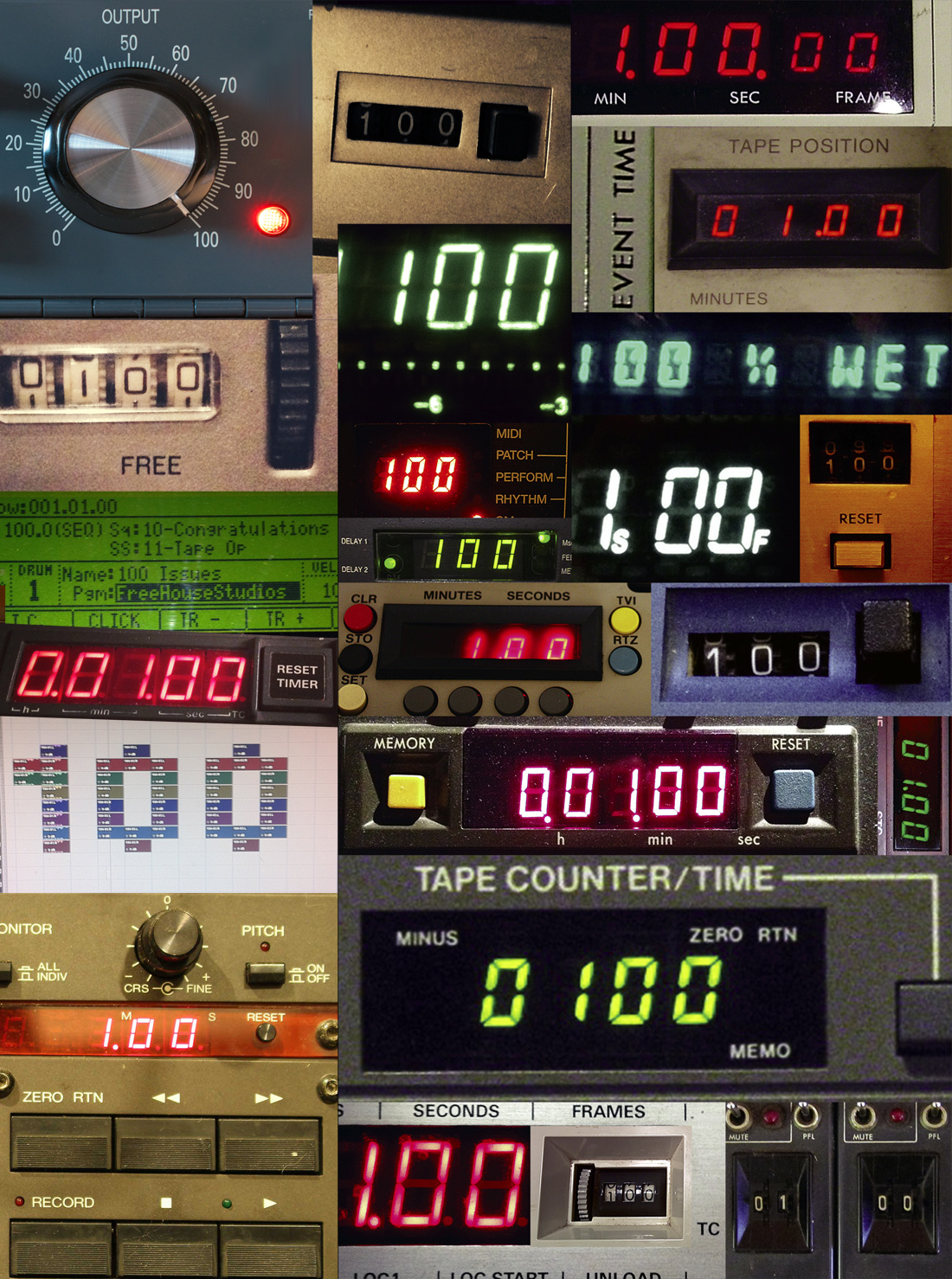The original NT1 was a big deal when it hit the market. Back then, most large- diaphragm studio condensers cost over a thousand dollars. Australian company RØDE aimed for the small studio and recording enthusiasts, and the NT1 was a success. Dave Johnson had one at Drywall City in Seattle back in the 1990s, and we used it on everything. Over the years, people started to nitpick about features or performance, but I always respected the value of the original.
The new NT1 represents a major redesign. From the electronics to the external mounts, this is a new beast. Only the wire mesh remains from the original design. Internally, new electronics sport some of the lowest self-noise specifications claimed by any manufacturer. The 1'' diaphragm is mounted using Rycote's Lyre system, which reduces vibrations significantly. The mic comes with a RØDE SMR shockmount, which utilizes a unique, double-Lyre suspension that tensions and balances the mic to further cancel vibration. Rycote Lyres are manufactured from patented, polymer suspension material - no nylon hair ties to replace. A removable dual-layer metal pop filter adds more value to the package. It works great. Plus, you can wash it in warm soapy water, air dry, and have it back in service in a few minutes.
Upon further inspection, the little things show quality. The shockmount defaults to a US thread and comes with a European adapter. (It is easier to adapt from US to EU threads. Thank you, RØDE!) The ground pin on the gold-plated XLR connector is longer than its brethren, making it the first pin to connect on cable insertion, reducing the chance of pops or damage from wiring faults. The body, machined from 6061 aluminum and then nickel- plated, is strong and substantial. Our demo unit's body seems to have a resonance at A when physically tapped, but there is damping foam along the internal rails to offset this resonance.
What's going on with the sound of the new NT1? Unlike the original, which I thought had a good deal of high-mid and top presence; the new version is a much flatter sounding mic. Self-noise is very low. The fixed cardioid pattern has strong mid and high- end rejection at side and rear axes. Trying it on several instruments revealed the NT1 to be a flatter, non-hyped performer, in contrast to many of the affordable studio mics which have bright, instantly gratifying sound. The NT1 is much more subdued. I was reminded of a large-diaphragm dynamic mic in overall timbre. Auditioning on grand piano, I found the NT1 to be less revealing than other mics in its price range. On acoustic guitar, I thought the NT1 underwhelmed on a Martin, but smoothed out a Taylor nicely. With male vocals, the NT1 gave a neutral recording that responded well to EQ and compression during the mixing stage. On percussion, it managed complex harmonics - provided the instrument was two or more feet away. As a room mic, the NT1 was very agreeable on a drum kit, especially after being compressed like crazy - just make sure to point the mic at the heart of the kit, because its rejection really cuts down highs and high-mids off-axis. In short, this is not a mic you would want to use on every source. However, it does not get you in trouble with constant buildup like many guitar-store mics. Yes, some of those $99 LDCs sound great as soon as you hear them, but an entire recording builds up into an ice castle that is ready to shatter your speakers. Furthermore, the NT1 can tame bright sources, and it takes EQ well. In short, this is a good bang-for- the-buck mic that won't get you in trouble with harshness. And the SMR shockmount - that's worth the price alone. ($249 street; www.rodemic.com)




_disp_horizontal_bw.jpg)